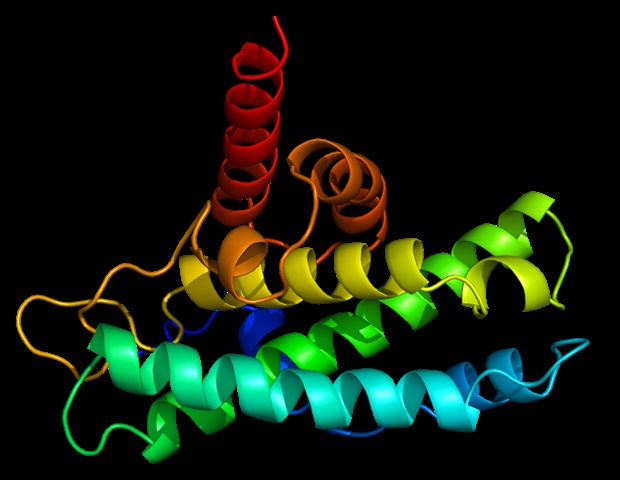Early and accurate diagnosis of human prion diseases is a long-standing difficulty. Currently, the definitive diagnosis of human prion diseases relies on pathognomonic histological features or PrPSc detection of patients' brain tissue biopsy or autopsy samples, which is not feasible in most cases.
Therefore, clinical diagnosis mainly relies on the combinations of the patient's clinical symptoms. MRI and EEG are used to check for brain damage and detect surrogate markers such as the 14-3-3 protein in Cerebrospinal fluid (CSF), but this is often challenging.
In recent years, the development of in vitro cell-free conversion techniques, such as technologies protein misfolding cyclic amplification (PMCA) and real-time quaking-induced conversion (RT-QuIC), have extensively promoted the diagnosis of human prion diseases. PMCA has high diagnostic accuracy in the blood, CSF, and urine samples of variant Creutzfeldt-Jakob Disease (vCJD) patients. Again, RT-QuIC has high diagnostic accuracy for cerebrospinal fluid, olfactory mucosa, and skin samples of sporadic Creutzfeldt Jakob Disease (sCJD) patients. Applying these two technologies is of great significance to the early clinical diagnosis of human prion diseases and the reduction of blood-borne and iatrogenic transmission of prion.
Summary
- Analysis of research shows PMCA has high diagnostic accuracy in vCJD patients.
- Analysis of research shows RT-QuIC has high diagnostic accuracy in sCJD patients.
- Reports suggest PMCA and RT-QuIC have significance in diagnosis of prion diseases.
Compuscript Ltd
Wu, J., et al. (2021) Protein amplification technology: New advances in human prion disease diagnosis. Biosafety and Health. doi.org/10.1016/j.bsheal.2021.09.003.
Posted in: Device / Technology News | Medical Condition News
Tags: Biopsy, Blood, Brain, Cell, Creutzfeldt-Jakob Disease, Diagnostic, in vitro, Prion, Prion Disease, Protein, Research, Skin, Viral Disease
Source: Read Full Article
